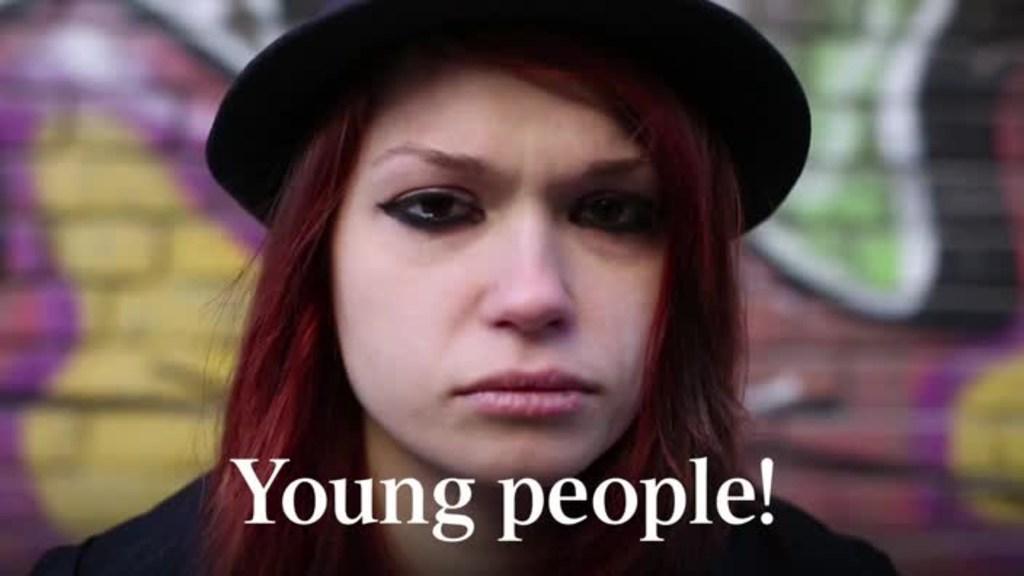Smashed avocadoes are not stopping young people buying homes
The furore over smashed avocadoes and youth home ownership is not about food or real estate.

Bernard Salt’s quip about expensive smashed avocado brunches standing in the way of young people becoming home owners is not really about smashed avocadoes.
If nothing else, everyone can agree on this. Both Bernard Salt and young renters (or at least the ones not sarcastically venting their fury on Twitter) acknowledge that this issue is much more complex. Even politicians are in on the issue.
Salt represents the baby boomers who are sitting on trillions of dollars worth of Aussie real estate, the value of which has increased exponentially through market forces, not hard work. Their sanctimony towards those less fortunate can be a tad grating.
His detractors are kids who are too quick to be offended by other people’s opinions, and have responded mostly with sardonic tweets about how they’ve foregone a cafe brunch and are now ready to start bidding for that inner-city terrace they’ve always wanted.
But the unexamined aspect of this debate can be traced back to the boomers. They are culpable for a reason that they have so far not acknowledged.
The boomers were the first generation to obsessively glorify urban life. The youth culture they created in the 1960s, which today is stronger than ever, is based almost entirely on living in the city, the closer to the CBD the better.
When the Mamas and the Papas said they’d be safe and warm if they were in LA, they were expressing their generation’s deep aversion to life beyond the inner city. “Gonna have fun in the city,” the Easybeats added in Friday on my Mind. The Jam elaborated in In the City with “In the city there’s a thousand faces all shining bright/ And those golden faces are under twenty five.”
Since then, punks, ravers and rappers have all emanated from and thrived in the streets. Soho, Chelsea, SoHo, Greenwich, Haight-Ashbury, Amsterdam, Manchester, Darlinghurst, St Kilda ... they are all vividly portrayed as the buzzing epicentres of youth culture.
“These streets will make you feel brand new/ Big lights will inspire you,” Alicia Keys sings in Jay Z’s Empire State of Mind.
You want to hear someone sing about the joys of rural life? There’s no shortage of hardened guitar-twangers with songs about women and trucks, but good luck getting laid to that.
Even when pop culture ventures beyond the city limits, in the form of three-day festivals, the entire objective is to re-create an urban experience with less concrete and slightly less reliable sewage.
Against all that, it’s easy to see that anybody under 30 who doesn’t want to live in the city is not really living. It’s been the ambition for young people since grandma and grandpa threw their off their tie-dyed T-shirts in that Fitzroy squat all those years ago.
And it is this culture, not smashed avocadoes, that is stopping a lot of young people these days from entering the housing market.
Most young people could move to Coffs Harbour, Warrnambool, Bunbury, or Bundaberg tomorrow, get a half-decent job and be paying off their first $120,000 house within a year. If they were smart, they could pay the house off and return to the city with a handsome deposit a decade later.
But to do that, they’d need to forego all those crazy, exciting, stimulating and character-building years of living it up in the inner city.
The baby boomers didn’t need to do that. Why should Gen Y?
More Coverage




